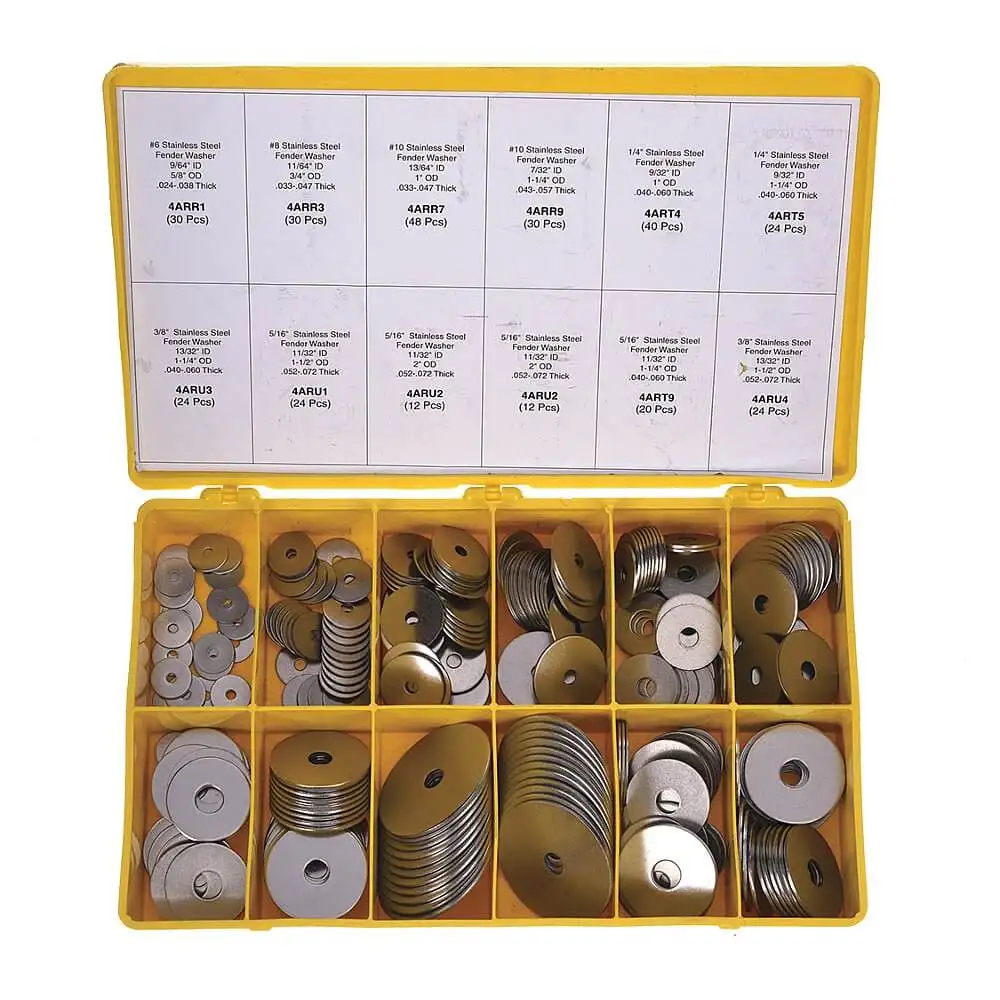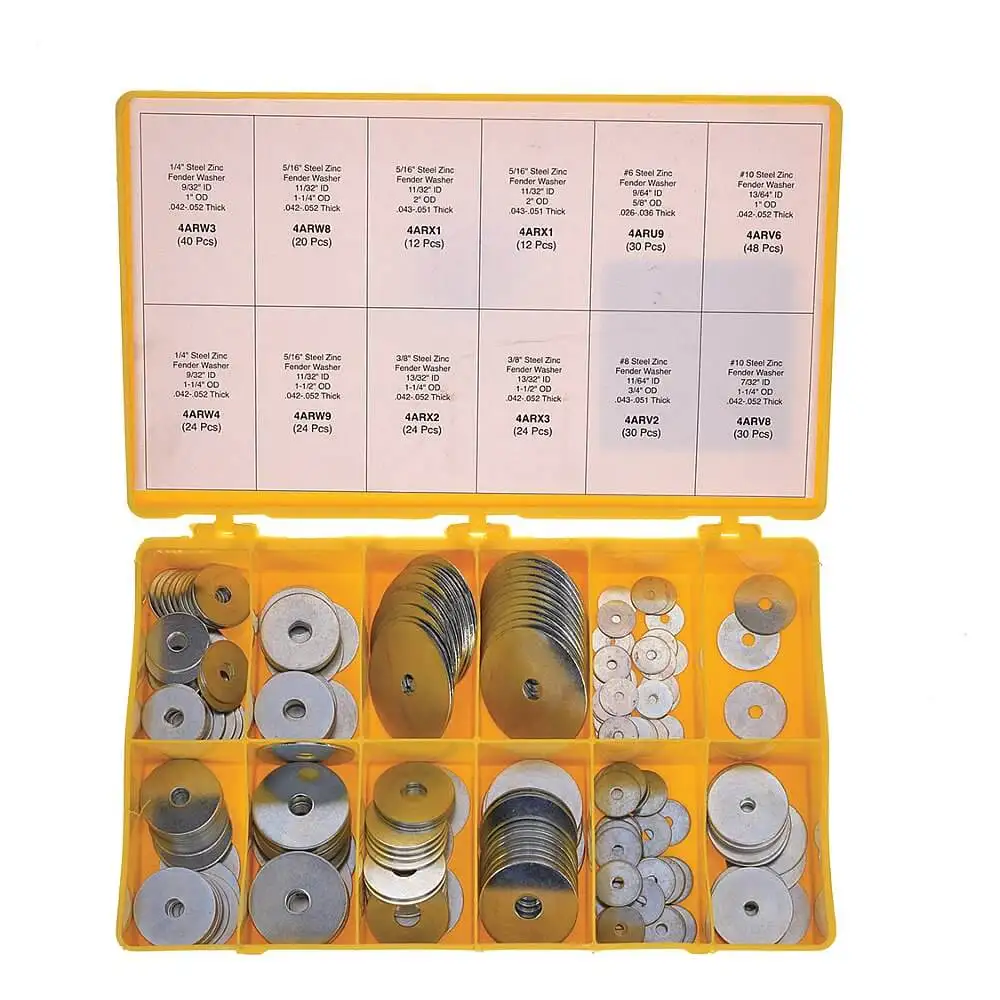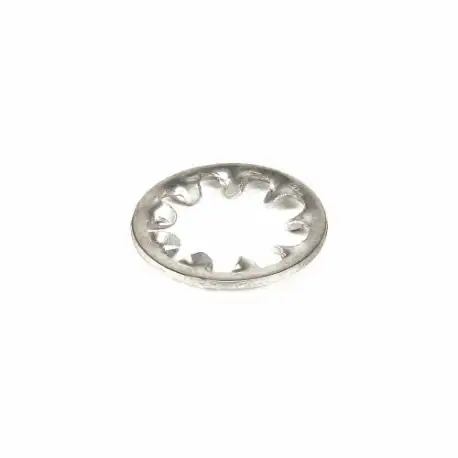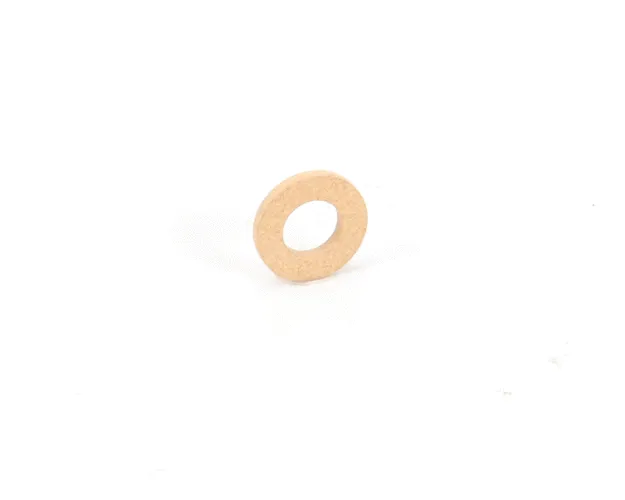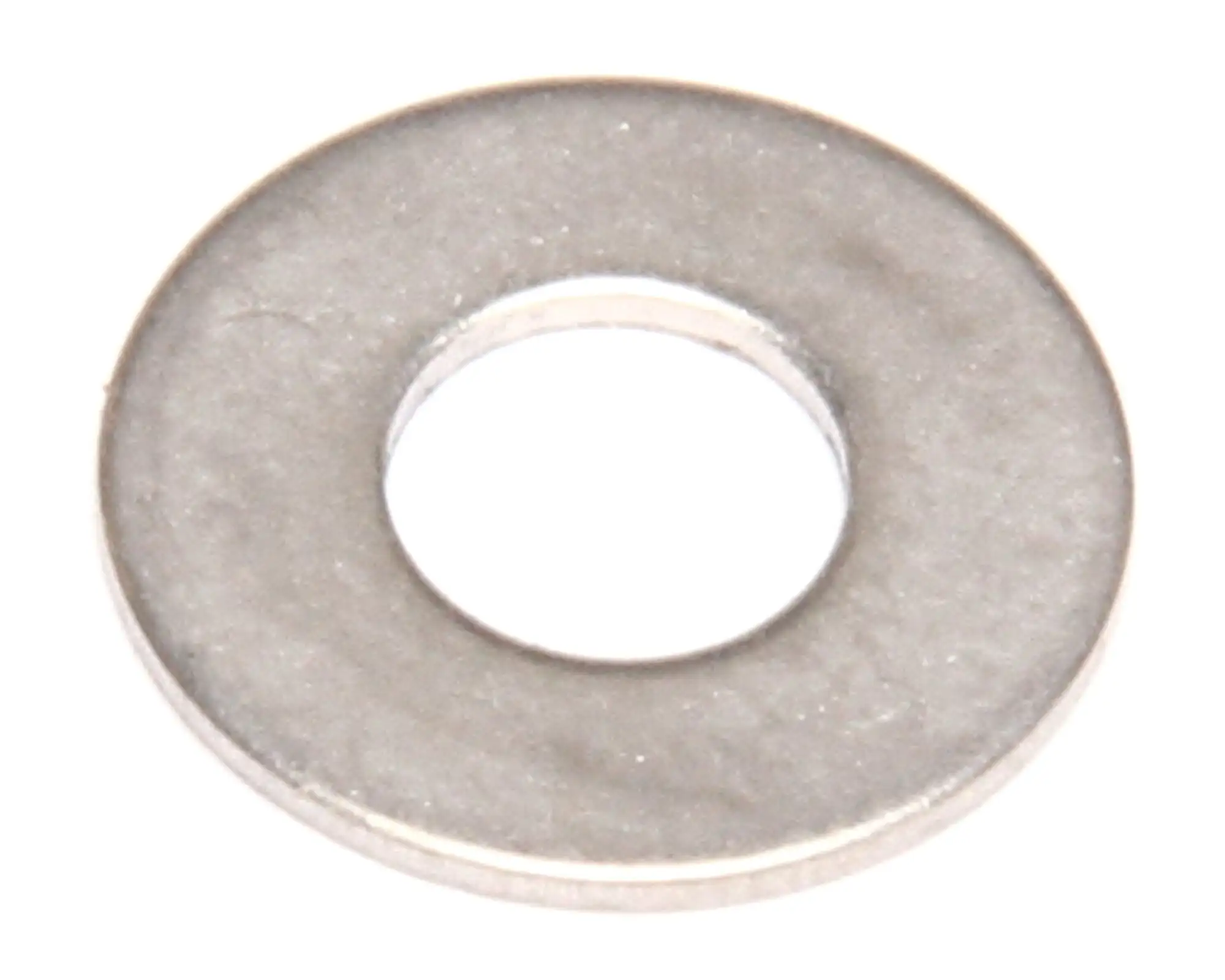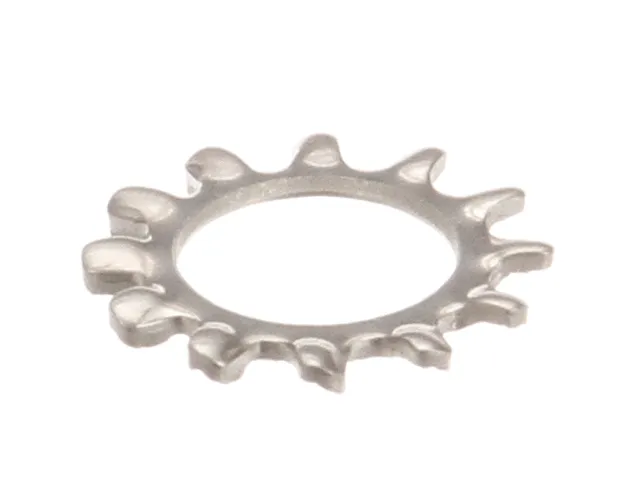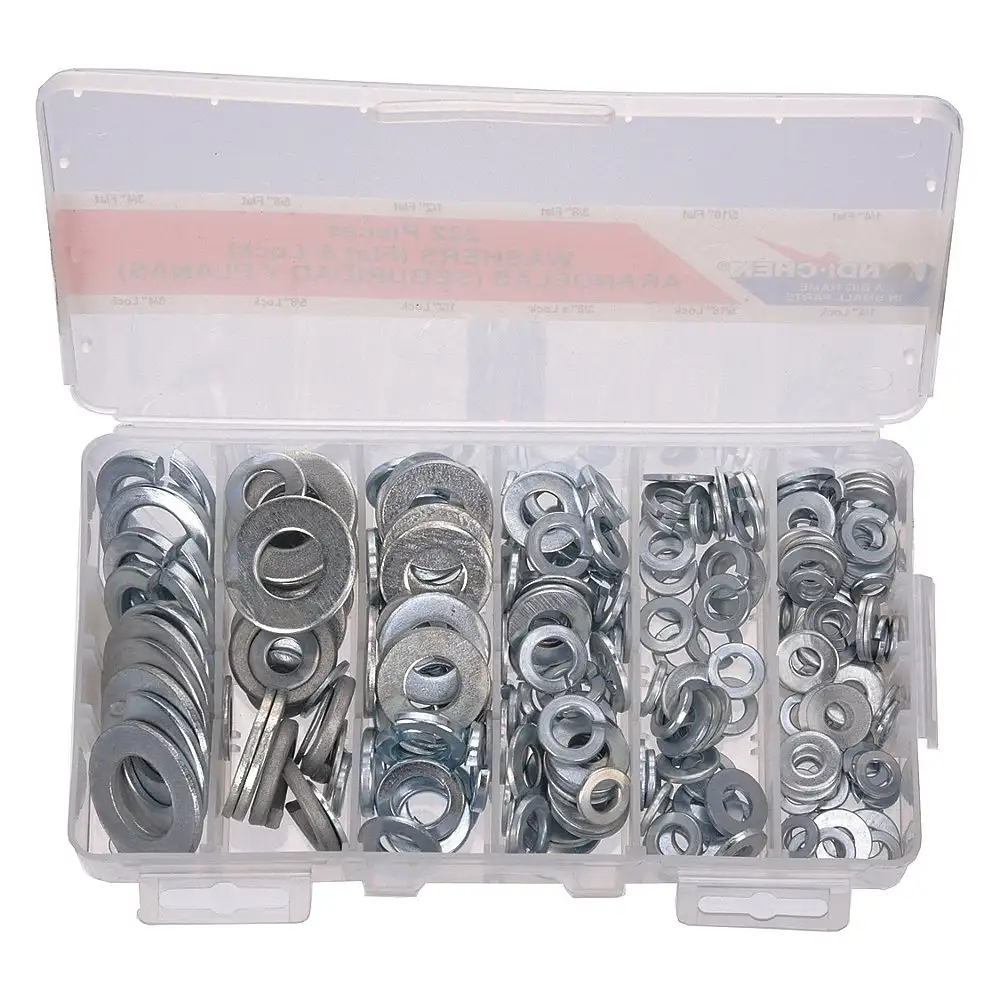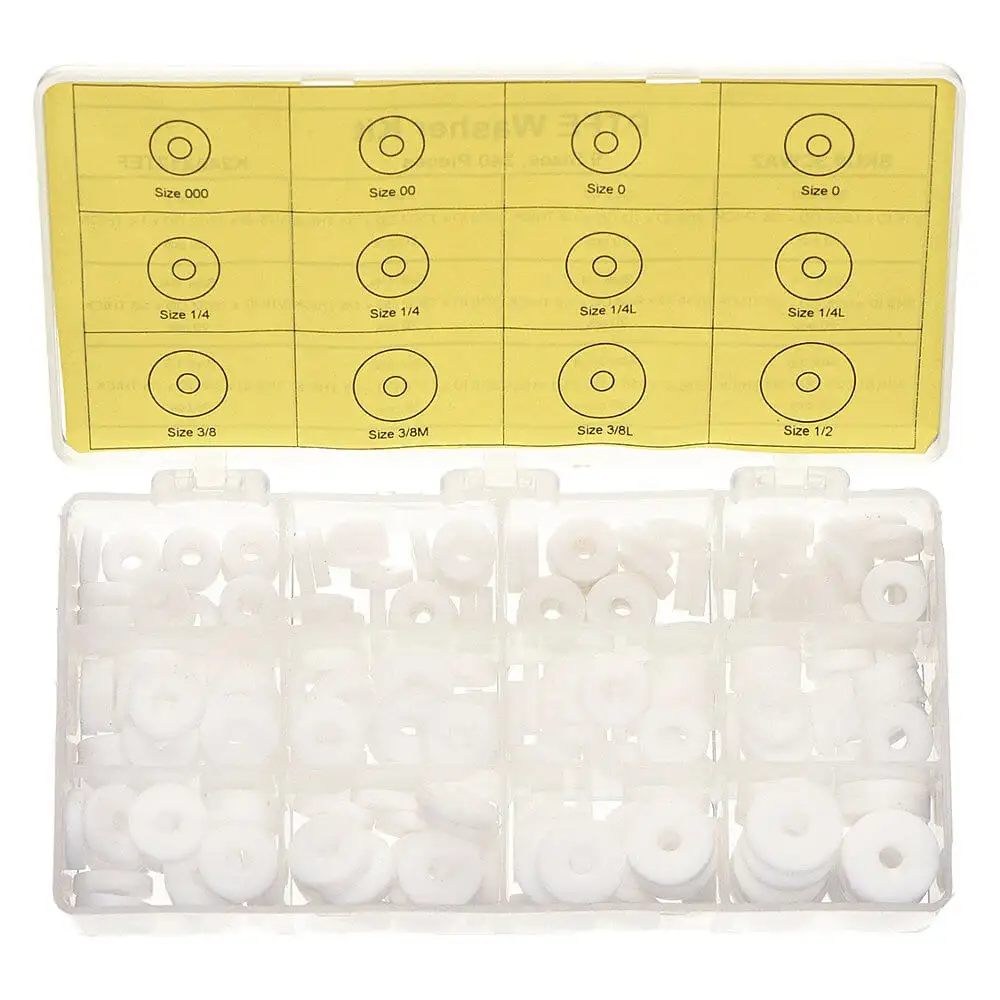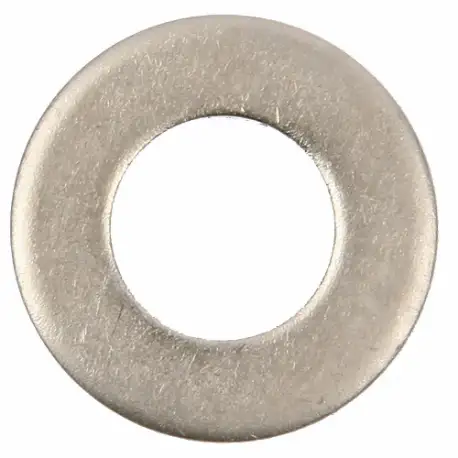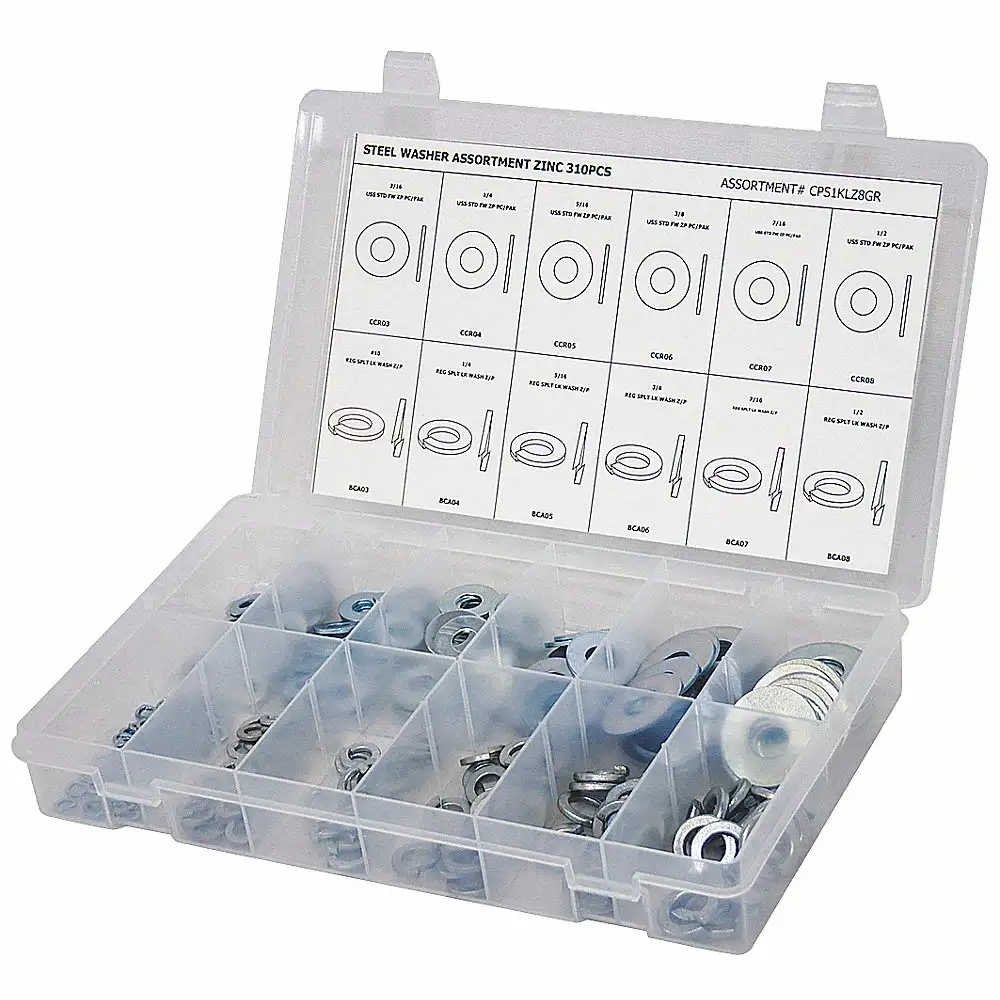Frequently Asked Questions
How do I organise and store washer assortments?
Washer assortments are packed in a sturdy plastic case or box with compartments for each size and type. These compartments can be labelled for easy identification of the washers.
Are washer assortments reusable?
Yes, washer assortments are usually reusable unless they are not damaged or worn out. Inspect the washers before reusing them to avoid damage to fasteners or workpieces.
Should I place the washer on the bolt head or the nut side of the joint?
The washer is generally placed on the nut side of the joint. This helps to ensure that the washer is seated correctly and centred on the fastener to prevent damage to the material being fastened.
How to install washers with safety?
- Place the washer onto the fastener before inserting it into the hole or threading it into the nut.
- Ensure the washer is properly seated and centred on the fastener.
- Now place the washer flat against the surface of the material being fastened.
- Tighten the fastener to the appropriate torque specification, using a torque wrench if necessary. Be careful not to overtighten the fastener, as this can damage the material or the washer.
- Inspect the joint to ensure that the washer is properly positioned and that the fastener is tightened to the appropriate torque.
- If the joint will be subject to vibration or other stresses, use a locking washer or a thread-locking compound to prevent the fastener from loosening over time.
How to choose the right washer for my application?
To choose the right washer for your application, determine the size and type of fastener being used, the material being fastened and the load and stress placed on the joint.
What is brinelling?
Brinelling is a surface indentation or damage that occurs in metals when they are subjected to high stress or pressure. The indentations can lead to improper operation, like chattering or excess vibration, which in turn, accelerate other forms of wear.
 £ GBPChange Country
£ GBPChange Country